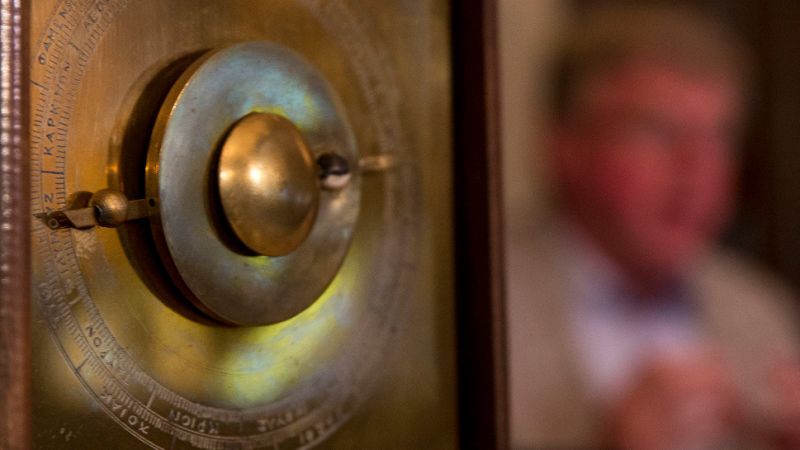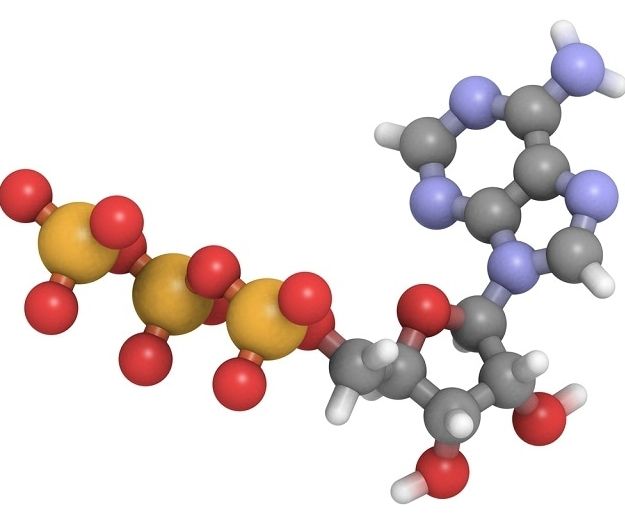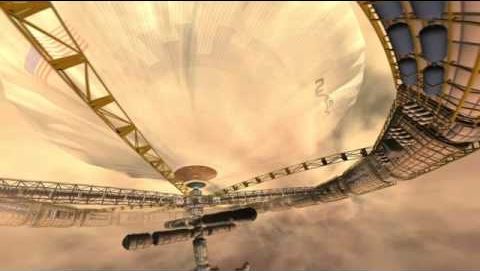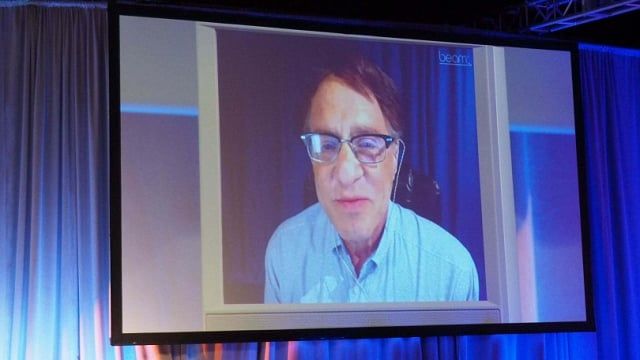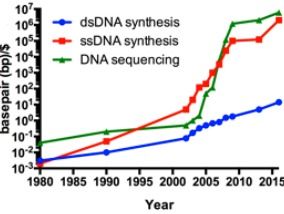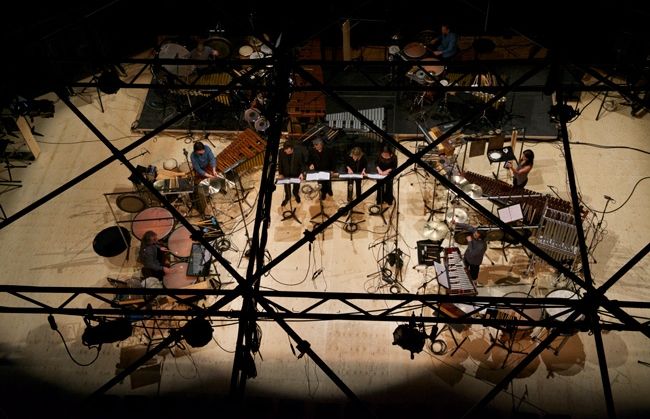Jun 12, 2016
Nick Bostrom: ‘We are like small children playing with a bomb’
Posted by Karen Hurst in categories: climatology, cybercrime/malcode, engineering, robotics/AI, sustainability
Some truth to this if the engineering team and designers are not reflective of the broader world population. Good example, is the super race research of the Nazis and attempts to make it happen. Today, AI in the hands of a N. Korea for example could be bad for the world. However, the larger threat that I see with AI is still the hacking of AI, and stolen AI by criminals to use against society.
Sentient machines are a greater threat to human existence than climate change, according to the Oxford philosopher Nick Bostrom.

